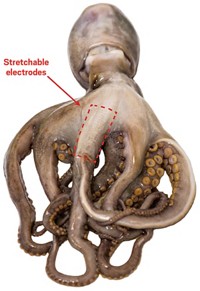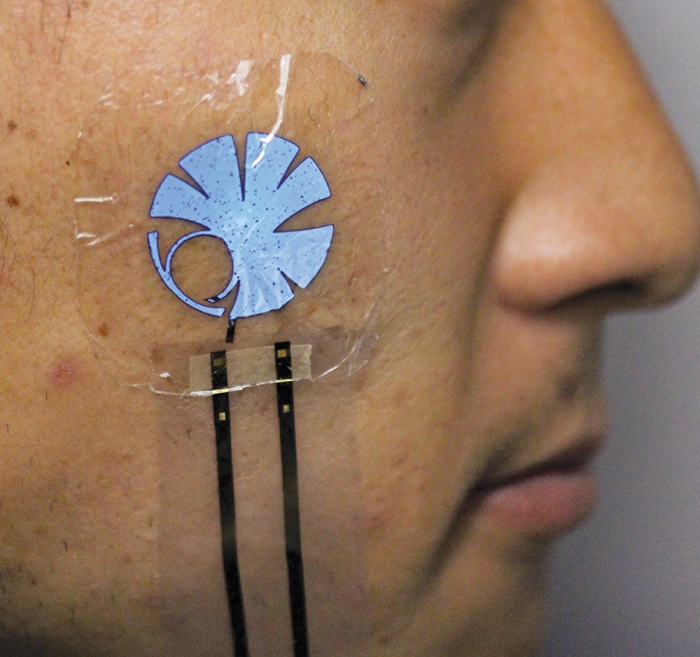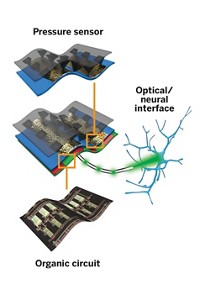Advertisement
Grab your lab coat. Let's get started
Welcome!
Welcome!
Create an account below to get 6 C&EN articles per month, receive newsletters and more - all free.
It seems this is your first time logging in online. Please enter the following information to continue.
As an ACS member you automatically get access to this site. All we need is few more details to create your reading experience.
Not you? Sign in with a different account.
Not you? Sign in with a different account.
ERROR 1
ERROR 1
ERROR 2
ERROR 2
ERROR 2
ERROR 2
ERROR 2
Password and Confirm password must match.
If you have an ACS member number, please enter it here so we can link this account to your membership. (optional)
ERROR 2
ACS values your privacy. By submitting your information, you are gaining access to C&EN and subscribing to our weekly newsletter. We use the information you provide to make your reading experience better, and we will never sell your data to third party members.
Materials
Monitoring The Heart
Flexible sensors on balloon catheters boost data gathering during procedures
by Celia Henry Arnaud
March 8, 2011

Balloon catheters outfitted with a stretchable electronic sensor can provide new and better data about the heart during clinical procedures, researchers report (Nat. Mater., DOI: 10.1038/nmat2971). The sensor—which so far has been used only in animal studies—is fashioned from otherwise hard and rigid material that can bend and stretch when the catheters are inflated.
The researchers, led by John A. Rogers, a materials scientist at the University of Illinois, Urbana-Champaign, constructed the new sensor devices by embedding semiconductor electronics on a soft substrate compatible with soft tissue. The sensor-bearing material is then attached to the surfaces of commercially available balloon catheters.
Rogers' collaborator Marvin J. Slepian, a cardiologist at the Sarver Heart Center at the University of Arizona, has used the sensors to measure the electrical activity of rabbit hearts by pressing one of the electrode-bearing catheters against the outside of the heart. For the much-larger human heart, such measurements would be carried out by threading the catheter through blood vessels into the heart.
The challenges for integrating a sensor on a catheter were "daunting," Rogers says, because the electronics are made from rigid semiconductors that must bend and stretch without adversely affecting the sensor or substrate.
"We had to figure out how to integrate hard materials with soft, stretchable ones in a way that preserved the mechanical properties of the elastic material and essentially masked the fact that the devices are hard and rigid," Rogers says.
They got around these problems in two ways, Rogers says. First, they made the semiconductors thin enough that they become flexible. Then, they patterned that flexible material in stretchable serpentine curves. This design enables a catheter balloon to blow up "just like it would if the circuits weren't there," Rogers says.
In future versions, the catheter with circuits on it will be encapsulated with an elastomer, Rogers says. "That way, we can isolate even more effectively the devices from the tissue, the blood, and surrounding biofluids."
The work is a "nice demonstration of flexible electronics for biomedical applications," says Zhenan Bao, a chemical engineer at Stanford University who is also developing flexible electronics. "It will inspire the chemistry community to develop new materials."





Join the conversation
Contact the reporter
Submit a Letter to the Editor for publication
Engage with us on Twitter